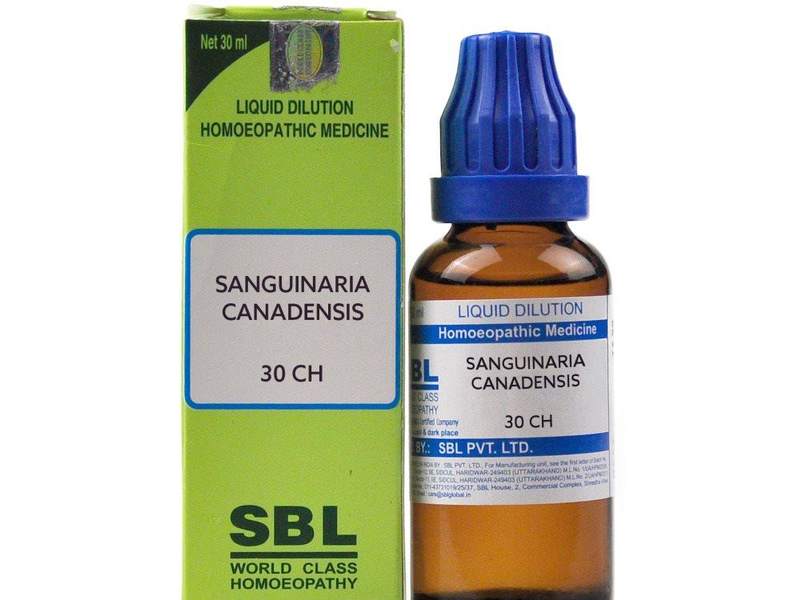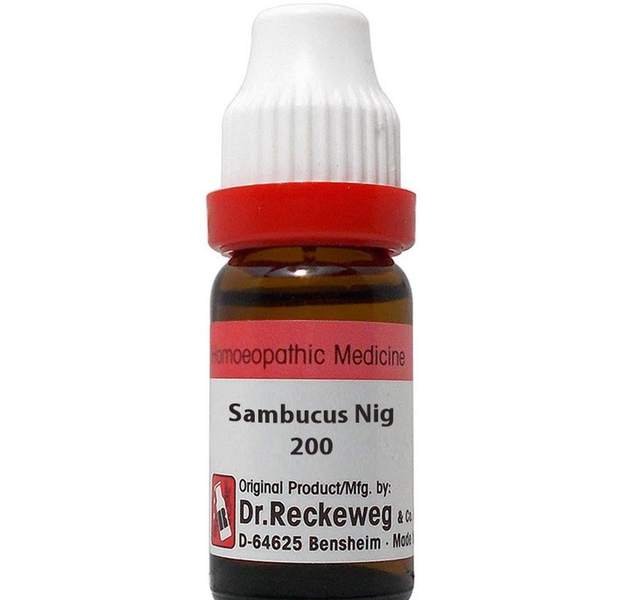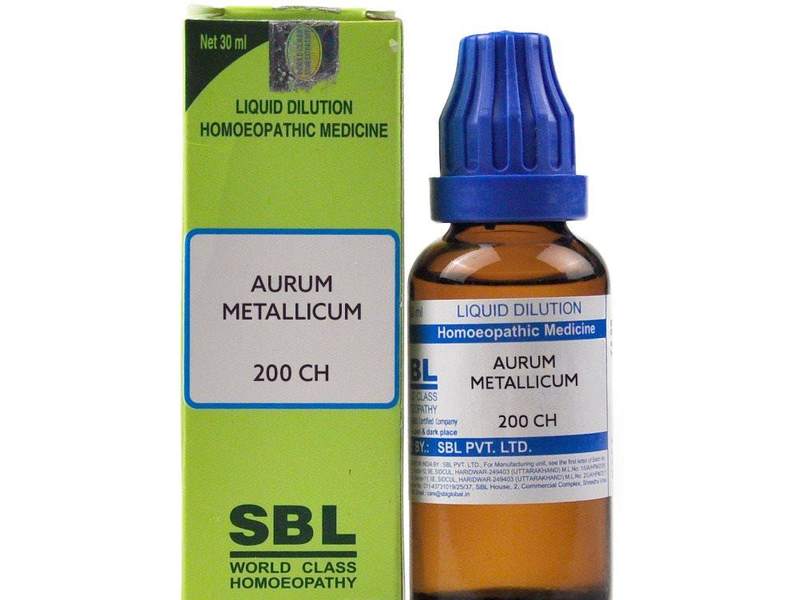Sanguinaria Can 200 Uses, Benefits – Sang Can 30 Homeopathy
₹1,894.00 Original price was: ₹1,894.00.₹1,311.00Current price is: ₹1,311.00.
- Gastric origin of headaches; symptoms ascend from stomach to head, ending in bilious vomiting
- Rush of blood to head and chest with circumscribed redness of cheeks in the afternoon with respiratory complaints
Source: Vegetable kingdom
Synonyms: Bloodroot
Family: Papaveraceae
Prover: Dr G. Bute
Duration of Action: Not definite
Introduction and History: The Blood root or Puccoon, is commonly found throughout the United States and Canada. It is the sole representative of the genus Sanguinaria of the Papaveraceae. It is herbaceous, has a thick, branching root stock, which creeps along underground, and in early spring sends up from the ends of the little side branches a single long stalked leaf, and another stalk bearing a solitary flower. The leaf is wrapped round the flower bud when it rises from the ground, and is bluntly five to nine-lobed, roundish at first, but afterwards kidney shaped. The American Indians formerly used the orange coloured juice of the root for smearing their bodies, and for staining various domestic articles. The plant has also been successfully used by American and French dyers.
Preparation and Parts Used: Tincture of fresh rhizome. The resin, leaves, seeds, seed vessels, powdered root and expressed juice have also been used.
Seat of Action (Pharmacodynamics): It mainly acts on vagal centres, mucous membrane of lungs and stomach, and the liver.
Physio-pathological Changes (Pathology)
- Through the cerebrospinal system, its centre of action is upon the vagi; through it, it produces inflammation of the lungs, especially its mucous membrane, and that of the stomach.
- Its action on the liver is probably through the pneumogastric nerve.
- Sanguinaria root sometimes powerfully excites the catamenial secretion, and occasionally it has been known to produce uterine haemorrhage.
- In large doses, it nauseates strongly; but independent of this effect, on occasions it produces a quickly diffused and transient, but very peculiar nervous thrill, which pervades the whole system, and often extends to the furtherest extremity.
Characteristic Mental Symptoms (Psychology)
- Patient has angry, irritable and morose.
- There is anxiety and dread preceding vomiting.
- Mentally, the patient is confused; better by eructations.
- Mental torpor, stupor, heaviness and sleepiness.
- There is hopefulness, confident of recovery.
- Disgusting ideas. Dreamy state with eyes open.
Characteristic Physical Guiding Symptoms
Headache: A useful medicine for periodical sick headache which begins in the morning, increases during the day and lasts until evening. Head feels as if it would burst, or as if eyes would be pressed out; relieved by sleep.
American sick headache: Better by perfect quiet in a dark room. Headache begins in occiput, spreads upwards and settles over right eye. Headaches, return at climacteric; every seventh day.
Neuralgia of face: Better by kneeling down and pressing the head firmly against the floor; pain extends in all directions from the upper jaw.
Circumscribed red cheeks: In the afternoon; with burning in ears; during bronchitis, pneumonia and phthisis.
Rheumatism: Rheumatic pain in the right arm and shoulder; cannot raise the arm; worse at night.
Pains: Pains in places where the bones are least covered; like, tibia, back of hands, etc.
Burning: Burning in pharynx and oesophagus; of palms and soles; compelled to throw off bed clothes.
Breasts: Painful enlargement of breasts; when Lachesis and Sulphur fail to relieve.
Polyps: Useful for laryngeal or nasal polypi.
Climacteric ailments: Flushes of heat and leucorrhoea.
Asthma: Asthma after the rose cold; worse from odours.
Cough: Cough is dry, waking him at night and not ceasing until he sits up in bed and passes flatus; circumscribed red cheeks; night sweats; diarrhoea. Severe cough after whooping cough; cough returns every time the patient takes cold.
Eruptions: Eruptions on the face of young women, especially during scanty menses.
Important Characteristic Features
Respiratory affections: A very useful medicine for respiratory affections like asthma, cough and laryngeal disorders. Fullness and dryness of the larynx in singers. Dry cough which raises foul air from tickling behind the sternum. Expectoration is tough, rusty coloured and purulent. Patient must sit up in bed; passes flatus with it; better from passing flatus – up and down. Burning in the chest; as if hot steam extending to the abdomen, with cough. Cough, after influenza or whooping cough; returns after every fresh cold. There is pain in right chest that is, from breast to shoulder. Pneumonia; phthisis; asthma; from disturbed digestion, with acrid eructations.
General Modalities
Aggravation: Periodically with the sun, weekly, at night, at climaxis, from odours, jar, light, sweets, motion, looking up, touch, raising arms.
Amelioration: From sleep, lying on the back, vomiting, cool air, passing flatus, sour things, lying on the left side.
Remedy Relationships
Complementary: Ant-t, Phos.
Antidotes: Op.
Compatible: Bell.
Dosage: Tincture in headaches; sixth potency in rheumatism.
Repetition
- Single dose and when symptoms call for it.
- When it has relieved the ailment, a complementary and constitutional remedy, should be given for complete recovery from the illness.
Therapeutic Value: Alcoholism, Asthma, Breast affections, Bronchitis,
Cancer, Catarrh, Chest affections, Cold, Dyspepsia, Headache, Influenza,
Menstrual disorders, Pneumonia, Rheumatism, Vomiting, Whooping cough, etc.
Related products
Homeopathic Medicine
Homeopathic Medicine
Antimonium Crudum ( Antim Crud ) – Antimonium Crudum Materia Medica
Homeopathic Medicine
Asafoetida Homeopathy Benefits, Uses – Asafoetida 30 Homeopathy Medicine
Homeopathic Medicine
Homeopathic Medicine
Homeopathic Medicine
Homeopathic Medicine
Homeopathic Medicine











